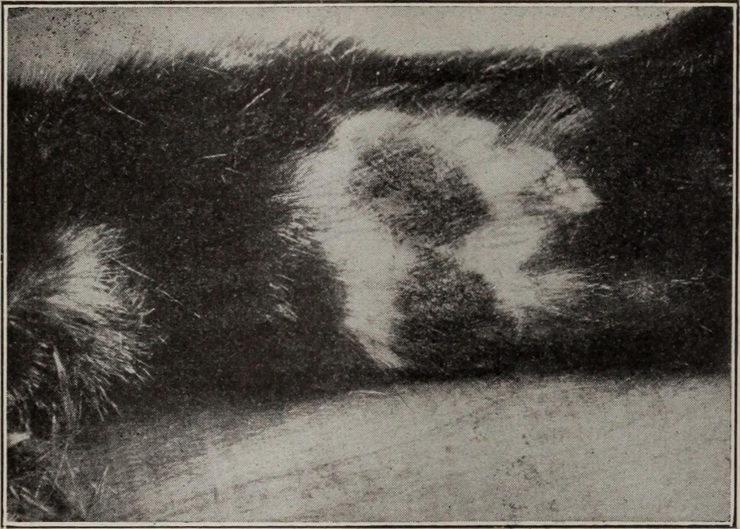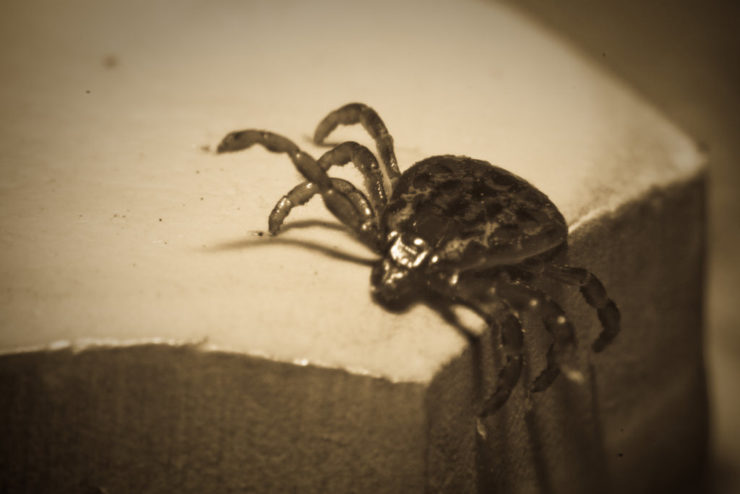
Pest control and understanding the different threats
Whatever breed of dog you own, it's vital to keep them healthy and free from common pests and parasites. This is for both the dog's own happiness and peace of mind, and for the health and hygiene of your home and family. In addition, if you have a rare breed dog, you'll want to make sure that they stay in the best possible condition. A mangy or infected dog isn't going to win any prizes or be popular for breeding.
1/ Fleas

Photo Credit: quinet/Flickr CC
These parasites live by sucking small amounts of blood from your dog, but it's not the bloodsucking so much as the injecting of saliva under the skin that can cause problems. Don't wait for signs of fleas on your pet but treat them with effective flea control for dogs from day one. If you do spot a flea on your dog then you'll need a treatment that both kills the fleas and neutralizes the larvae and the flea eggs.
2/ Mites

Photo Credit: Michael Wunderli/Flickr CC
Mites are so small they can't be seen by the naked eye, but it is possible to see the damage they do. Mites may infect your dog with different types of mange. This includes sarcoptic mange, which is extremely irritating to your dog and will cause them to chew themselves and scratch excessively. Demodectic mange is caused by an otherwise common and harmless mite in a pup, before its immune system has properly developed. Your dog may also suffer from ear mites; all of these conditions can be successfully treated with specialist applications available from your vet.
3/ Ringworm

Photo Credit: Internet Archive Book Images/Flickr CC
Although dogs can get actual worms, the name ringworm is misleading as it is actually a fungal infection. A common symptom is hair loss, and in some cases, it can be transmitted to humans. Shaving may be necessary as part of the treatment to fully get rid of the infection.
4/ Ticks

Photo Credit: ThreeIfByBike/Flickr CC
Ticks are bloodsucking parasites like fleas, but their real danger lies in the diseases they can transmit to your dog. Look out for general signs of illness, such as vomiting or lethargy, and consult your vet if you think you have cause for concern. Brush your dog thoroughly after every walk to remove any ticks that might have become attached to them in the park or woods.
5/ Worms

Photo Credit: cutglassdecanter/Flickr CC
These are actual parasitic worms that can inhabit your dog's intestinal tract. Common varieties are hookworms, tapeworms and roundworms. Sometimes you might be able to see them in your dog's stool, but otherwise look out for symptoms such as weight loss, diarrhea, a lackluster, dry-haired appearance, and vomiting. Give your dog regular worming treatment and if you suspect infection, consult your vet, who may prescribe a dewormer.
Despite their strength and resilience, many Russian dog breeds are particularly susceptible to pests, such as fleas, ticks and mites. The long coats of breeds such as the Black Russian Terrier, essential for the cold Russian winter, can easily attract tiny parasites when the dogs are brought to warmer climes. The same goes for the Borzoi or Russian wolfhound, the Samoyed and many other Soviet and pre-Soviet breeds.
Leave a Reply